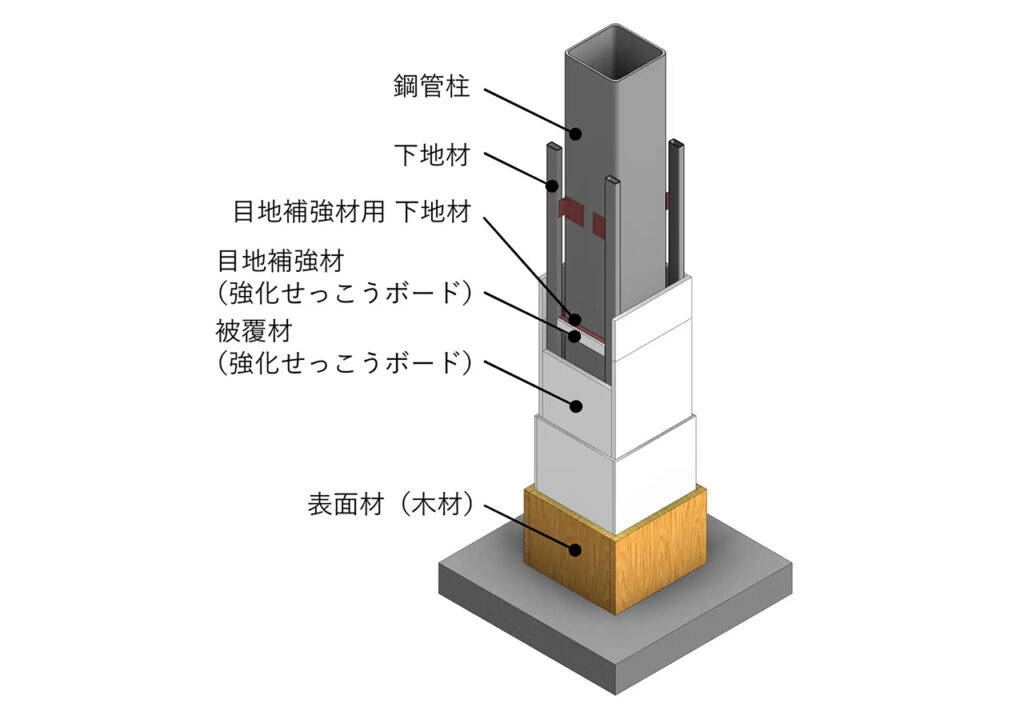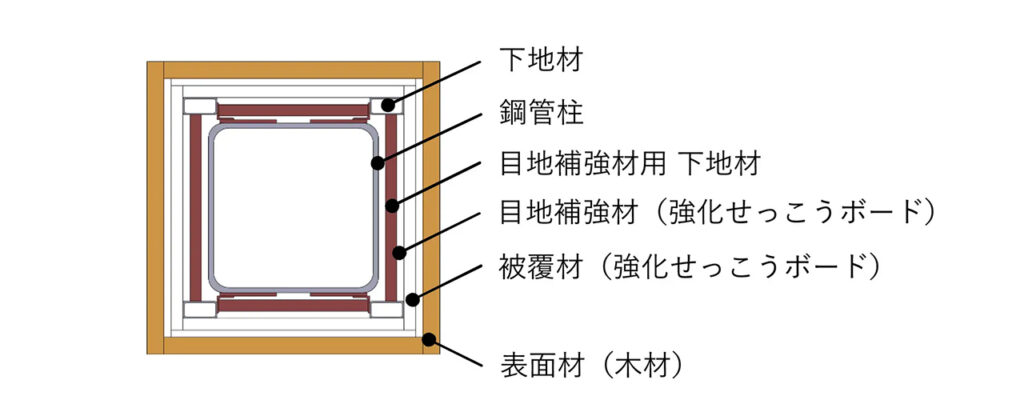Updated by "Forest Circular Economy" Editorial Board on September 03, 2025, 9:07 AM JST
Editorial Board, Forest Circular Economy
Forestcircularity-editor
We aim to realize "Vision 2050: Japan Shines, Forest Circular Economy" promoted by the Platinum Forest Industry Initiative. We will disseminate ideas and initiatives to promote biomass chemistry, realize woody and lumbery communities, and encourage innovation in the forestry industry in order to fully utilize forest resources to decarbonize the economy, strengthen economic security, and create local communities.
Shelter and Toda Corporation have jointly developed COOL WOOD-ST columns, a hybrid wooden fire-resistant member that uses reinforced gypsum board and wood as fire-resistant covering material for steel pipe columns, and have obtained certification from the Minister of Land, Infrastructure and Transportation for 60- and 90-minute fire resistance. This is expected to further increase the design flexibility and adoption potential for mid- to high-rise wooden buildings in urban areas.
COOL WOOD is a fire-resistant material developed by Shelter that uses gypsum board for the flame-stop layer, the first material in Japan to be certified by the Minister of Land, Infrastructure, Transport and Tourism as 3-hour fire-resistant, and patented in Japan, Canada, and Switzerland.

The newly developed "COOL WOOD-ST" columns are positioned as a hybrid series of the same product. The structure is simple, with reinforced gypsum board screwed to a steel base attached to steel pipe columns. The surface fireproof covering material is a combination of reinforced gypsum board and wood, and any species of wood can be used, making it possible to select a material that suits the design and use, and to utilize locally grown wood.

By installing joint stiffeners at the horizontal joints of the reinforced gypsum board, the external dimensions of the columns are kept to a minimum of the steel pipe column diameter + 180 mm, and the fireproof cladding material is made thinner. It is also easy to join with other wooden fire-resistant structures, which saves labor in design and construction, and enables planning with a high degree of freedom.